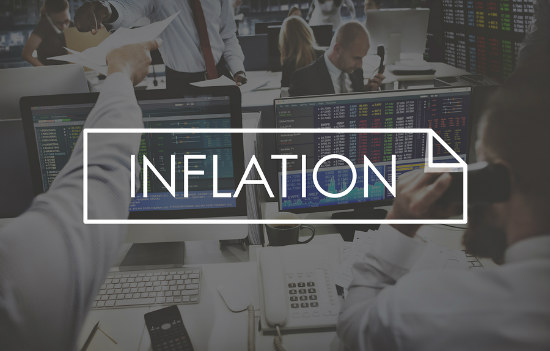Business-to-business trade payment defaults have surged as firms struggle with cash flow under challenging conditions.
CreditorWatch’s monthly business risk report shows payment defaults lifted 30 per cent in the 12 months to February and credit enquiries soared by 102 per cent.
Defaults are also expected to rise “considerably higher” in most regions over the next 12 months, according to the credit reporting agency’s monthly index.
Business-to-business trade receivables, the average value of invoices, continue their decline, sinking 10 per cent over the 12 months.
Insolvencies are also on the rise, with external administrations jumping 46 per cent from January and February to a near 24-month average.
The bulk of the external administrations were in the construction industry, followed by accommodation and food services.
Court actions have also returned to pre-COVID-19 levels.
CreditorWatch chief economist Anneke Thompson said high inflation, rising interest rates, supply chain problems, labour shortages and falling consumer demand were taking a toll.
She said smaller businesses were taking an immediate hit from less discretionary spending and this would likely flow through to the rest of the economy over time.
“The economy is in the early stages of its downturn,” she said.
“Prices are still rising, although we appear to have the worst of the price rises behind us, interest rates are likely to need to increase further, and consumer demand is slowing, and will continue to slow.”
In the household sector, new Moody’s Analytics research highlights the unequal impact of interest rate hikes and high inflation, with low-income homeowners suffering the most.
Not only do higher interest rates tend to hurt those with loans that make up a higher proportion of their incomes, but higher-income homeowners also built up substantial savings buffers during the pandemic.
Australian households saved an extra $260 billion during this period, but Moody’s estimates the top 20 per cent of income earners accounted for nearly 40 per cent of the excess savings compared to just 10 per cent for the bottom 20 per cent of income earners.
“All in all, most Aussie homeowners are in a solid — albeit uncomfortable — position to keep pace with repayments as borrowing costs rise,” economist Harry Murphy Cruise wrote in the analysis.
“But lower-income households have far less wriggle room; they couldn’t build a savings buffer as grand as that of high-income households, and inflation is disproportionately eating away at what savings they might have.”
Meanwhile, the Australian Bureau of Statistics reported international arrivals reached 1.6 million in January, lifting by around 350,000 trips, while departures sunk by around 140,000 trips to 1.3 million.
CommSec noted that a record 76,200 people left Australian shores to live and work in January, which highlighted ongoing pressures in the labour market.
The numbers also showed tourism numbers were still well below pre-pandemic trends, suggesting an ongoing reluctance to travel.
Poppy Johnston
(Australian Associated Press)




